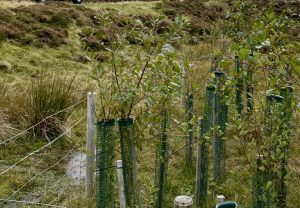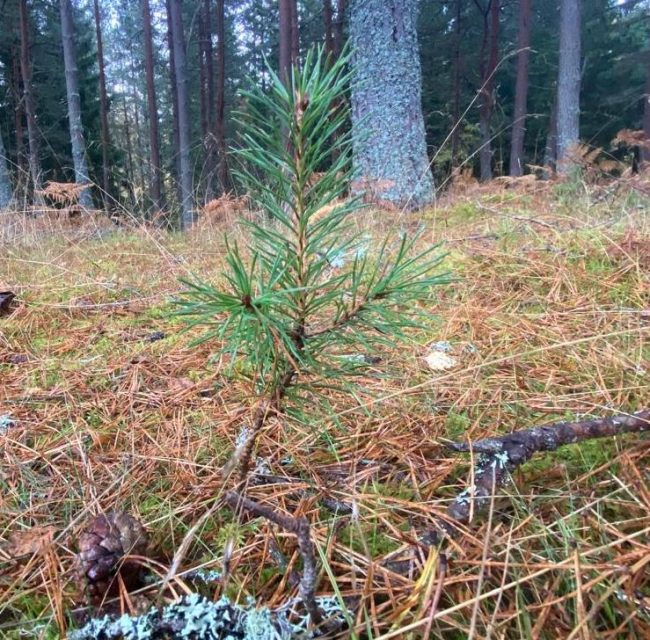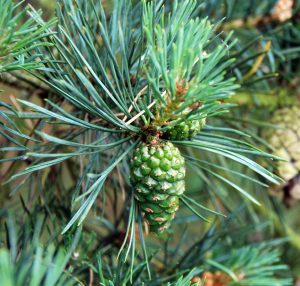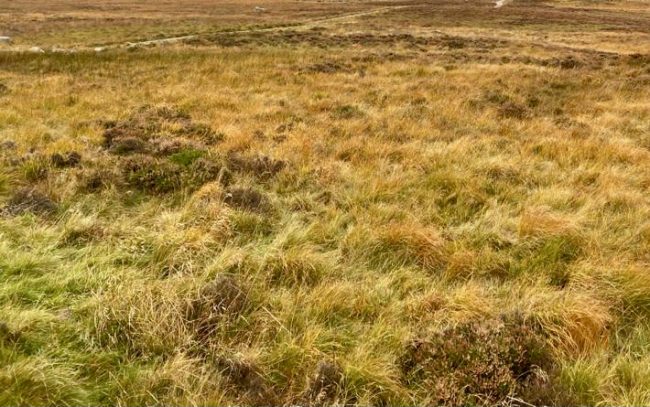Tree planting – then and now

The Flow Country is a large area of peatland and wetland in the north of Scotland (Caithness and Sutherland). It is one of the largest expanses of blanket bog in Europe. It is characterised by deep layers of peat and bog pools. Wetlands, like this, are important as
- They offer a significant wildlife habitat and
- They act as mitigating agents in terms of climate change (locking up large amounts of carbon).
However, some four decades ago, parts of the Flow Country were planted with conifers, there were financial incentives to this planting; namely :
- grants were available towards the costs of planting
- other costs were tax deductible so investors spent only 20p for every £1 of capital invested
- prospectively, income from timber was to be virtually untaxed.
This ‘forestation’ of wetlands is now generally regarded as a mistake, not only damaging a unique environment but leading to increased carbon emissions. Now it seems possible that similar mistakes may be made again.

The government wants to dramatically increase tree planting throughout the U.K. - to achieve the planting of some 30,000 hectares of new trees each year. The Forestry Commission / Forestry England is charged with meeting this challenging target. Total new planting only amounted to 2,330 hectares in 2019-20. Specialist surveys of land are being undertaken and money is available for the care of young trees; ‘cheap, marginal land is sought’. But, non-native species may be planted.
 A number of wildlife / conservation organisations (Plantlife, Butterfly Conservation and Dorset Wildlife Trust) have criticised some of the replanting schemes - concerned that some of the planting is in wildlife rich places or on viable farmland. Wareham Forest in Dorset was recently severely damaged by fire, with some 200 hectares of species-rich heathland destroyed. Here Forestry England has embarked upon a replanting exercise that involves conifers (pines). Wildlife organisations had envisaged an opportunity to join up the Wareham Forest heathland with that of the Purbeck Heaths, and hopefully boosting bird and reptile populations. They also anticipated that the tree planting would involve ‘the right sort of tree in the right place’, particularly using oak, willow and birch which offer homes to many forms of wildlife.
A number of wildlife / conservation organisations (Plantlife, Butterfly Conservation and Dorset Wildlife Trust) have criticised some of the replanting schemes - concerned that some of the planting is in wildlife rich places or on viable farmland. Wareham Forest in Dorset was recently severely damaged by fire, with some 200 hectares of species-rich heathland destroyed. Here Forestry England has embarked upon a replanting exercise that involves conifers (pines). Wildlife organisations had envisaged an opportunity to join up the Wareham Forest heathland with that of the Purbeck Heaths, and hopefully boosting bird and reptile populations. They also anticipated that the tree planting would involve ‘the right sort of tree in the right place’, particularly using oak, willow and birch which offer homes to many forms of wildlife.
Concerns have been raised about planting schemes in other parts of the country, such as the Lake District. For example, conifers have been planted at Berrier, near Penrith. The ploughing and creation of drainage ditches allows water to drain away, which means that peat will dry out and then release stored carbon. However, on a positive note, the Kielder Forest in Northumberland is undergoing change. The forest was created mainly in the 1930s on moorland / wetlands and planted extensively with Sitka Spruce. However, in recent weeks Forestry England has been cutting down the conifers so that the original moorland and sphagnum bogs (mires) can re-establish themselves. Bogs can store away carbon compounds for thousands of years - not just the lifetime of a tree.

Although the concept of planting more trees is widely supported, there is concern that mistakes of the past are not repeated by widespread planting of very similar, mainly coniferous species. To this end, a number of scientists from Kew Gardens and the BCGI have proposed a number of guidelines with regard tree planting, creating woodlands and forests:
- Firstly protect existing woodland and forest (for example, preserve ancient woodlands, stop the the loss of tropical forest to cash crops).
- When planting trees, work with local people who know what ‘works and what doesn’t’. Literature past and present concerning the area should be consulted. Such diligence will allow for the appropriate selection of species for planting. It also means that if local people are invested in the project through job opportunities and sustainable woodland/forest-based enterprises then the chances of success are that much greater..
- Planting projects should not just be about absorbing carbon dioxide. They should also seek to conserve species diversity, provide ecosystem services (e.g. flood mitigation), offer space for recreation and create jobs.
- Tree planting should centre on the naturally occurring trees in the areas or those that will survive in a period of climate change. Where possible planting should connect to existing woodland, or expand woodland / forest into existing areas. To this end, natural regeneration* of woodland and forest is to be preferred. This is often cheaper and more effective than ‘artificial planting’.
- Tree planting should make use of a variety of native trees and where feasible include endangered or rare species. A mixture of species tends to promote biodiversity, through offering a variety of habitats. Biodiverse woodlands and forest are also generally more resilient to extreme weather and disease. Resilience is also a function of a genetically diverse selection of trees - using seeds of local provenance.
Full details of the ‘golden rules of restoring forests’ can be found here :
https://www.kew.org/read-and-watch/10-golden-rules-for-reforestation
* from soil seed banks and natural dispersal.
Comments are closed for this post.
